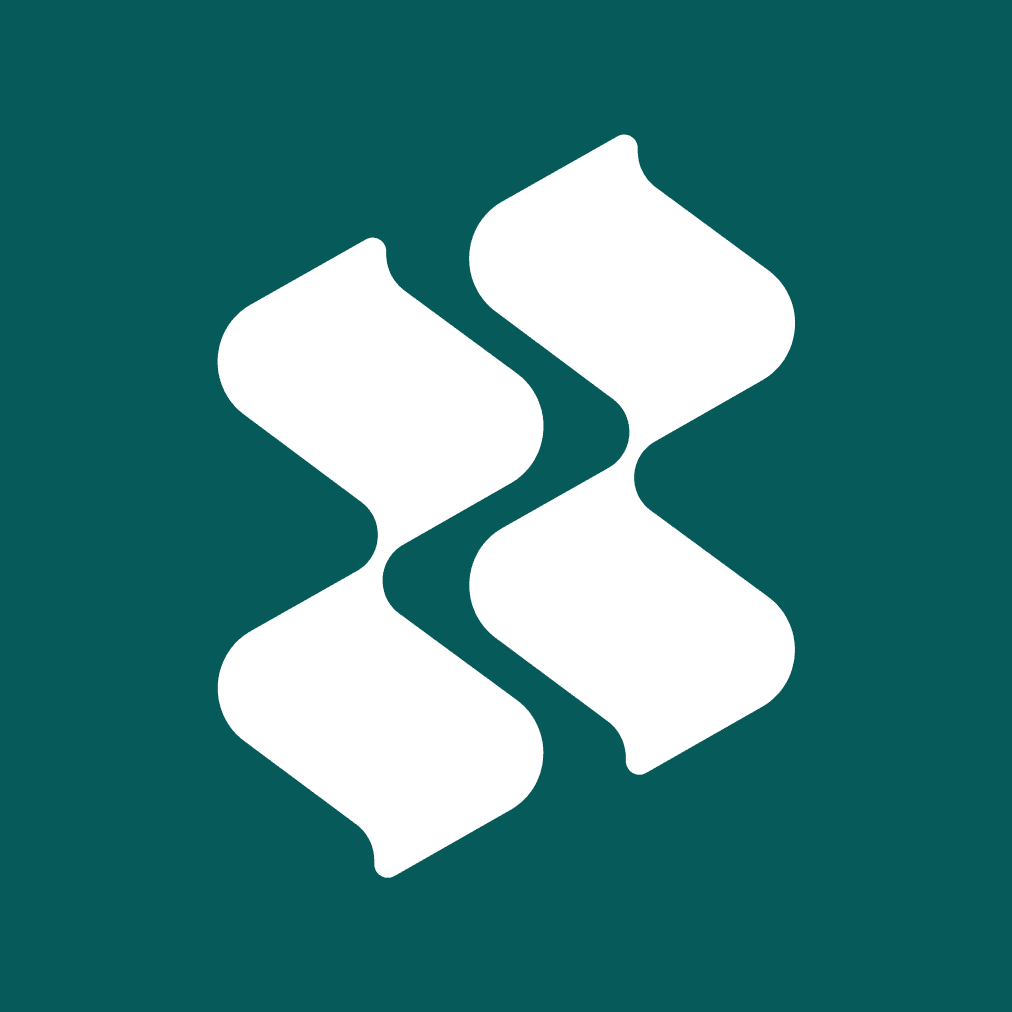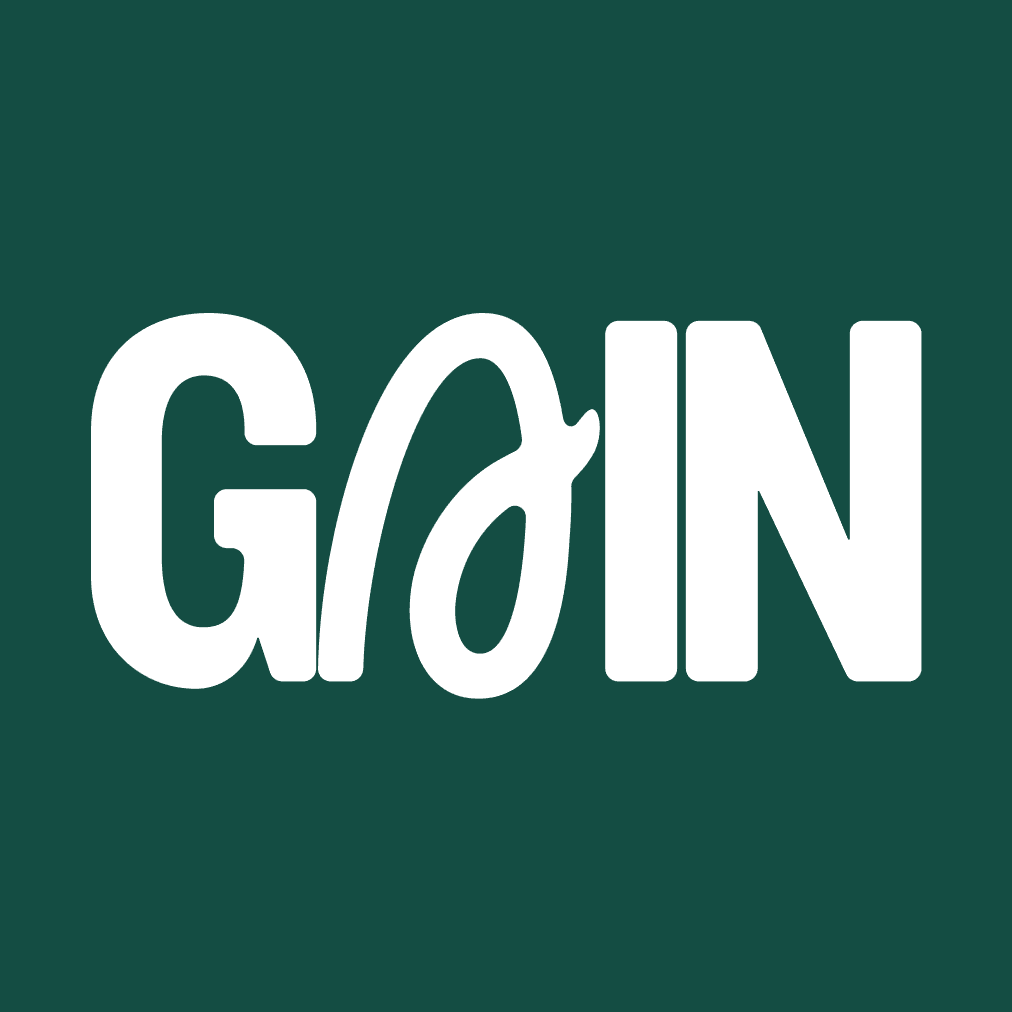Shivangini
One of the main abilities that has allowed humans to dominate planet Earth is our highly effective communication and coordination. From the dawn of time, there has been much to be gained by continually seeking ways to improve how we cooperate. Decentralised Autonomous Organisations (DAOs) may appear to be an obscure quirk of the crypto industry, but they are actually a logical step forward in a process that’s been ongoing for millenia.
The closest offchain comparison is the 1960s innovation of self-managed work teams (SMWT), which evolved as part of a broader shift toward decentralization within corporations during the second half of the 20th century. Unlike traditional hierarchical structures, SMWTs are characterized by their ability to manage their tasks, roles, and responsibilities with little or no direct supervision, which can create significant efficiency gains. This approach has been particularly effective in industries requiring creativity, adaptability, and continuous improvement.
In a way, DAOs have brought this structure onchain, and with the power of blockchain technology have delivered a paradigm shift in collaborative decision-making. Being powered by governance tokens and smart contracts enables cooperation that’s highly transparent, truly global, trustless, anonymous, and flexible. The idea gained traction in 2016 with the first DAO, simply called “The DAO,” an Ethereum-based venture capital (VC) fund that was famously exploited and resulted in a blockchain hard-fork. But the idea lived on and evolved.
When it comes to efficiency, DAOs can be a double-edged sword. On the one hand, by automating processes and removing overhead, it’s possible to do away with much of the organisational bloat that slows down many companies today. The downsides can grow as protocols mature and expand though. At the end of the day, DAOs are not perfect - they are still comprised of people and suffer from humanity’s inherent flaws and imperfections. Without a centralised command and control, getting thousands of globally distributed anons to engage effectively at scale can be like herding cats. Despite an ultra-lean setup, individual members can still struggle to contribute effectively as size and complexity increases over time. Common challenges include misaligned incentives resulting in DAOs lacking direction and funding sub-optimial initiatives, or at the other extreme apathy can derail decision-making processes and result in stagnation. Despite recent positive signs from the new administration in the United States, DAOs still operate in a very grey legal area, and this can also limit their effectiveness.
The simplest form of DAO is based on governance tokens, with one token equalling one vote. However, this can result in powerful entities such as VC firms and seed investors effectively holding veto strength, or in malicious actors acquiring tokens with the intent of forcing through proposals that are not in the protocol’s best interest. One solution to this problem is quadratic voting, where voting power decreases in a given wallet as its balance increases. This aims to approach a system that more closely represents a democracy where each person has equal say. Of course, this can just result in tokens being distributed between multiple wallets in a kind of sybil attack, but nonetheless projects like Gitcoin have seen some success in this area.
Delegation is another popular concept, where token holders can pass their power to more active participants. This results in higher voting turnouts albeit at the expense of increasingly centralised decision-making. In some DAOs, delegates can nominate themselves, while systems also exist with whitelisted candidates who have increased authority and may be compensated for their time. Whether or not to reward voting is another interesting idea. The tradeoff is increased turnout at the expense of misaligned or low-quality voting behaviour. In some ways this mirrors Australia and many South American countries which penalise voters for failing to have their say.
Finally, integrating offchain components can be a struggle, as with many other aspects of the crypto industry. Snapshot is a popular offchain voting platform that can be useful for signalling before proceeding to an onchain execution. And often times the human factor in reviewing and evaluating proposals can be highly subjective.
Taking learnings from the past eight years of DAO evolution, the launch of the KERNEL token signals an important milestone in our journey of decentralised governance. With 60% of the token supply allocated for the community, rewards, and ecosystem, real decision-making power is being given to the protocol’s users and supporters.
20% of the total KERNEL supply has been dedicated to airdrops across multiple seasons. Season 1 has been allocated 10% of the total supply, and a snapshot date on December 31, determines eligibility based on users who earned Kelp Miles and Kernel Points across the three major products - Kelp LRT, Kernel Infrastructure, and Gain. Holding the token will in turn enable participation in decision-making processes for these three major products. These governance decisions can include protocol upgrades, allocation of funds, and establishing new partnerships.
In addition, users can restake KERNEL to provide shared economic security for the Kernel ecosystem, middleware, and decentralized applications. This means that token holders can in turn earn staking rewards from partner protocols and middleware. And users will also be able to provide KERNEL liquidity on decentralised exchanges to earn additional rewards. We’re finalizing listings on CEXs and will share updates on this soon, stay tuned! Another future development is KERNEL staking, which will further support an insurance layer to safeguard against slashing events.
The KERNEL token represents our commitment to decentralization and community empowerment. Join us to shape a more accessible, scalable, and rewarding restaking ecosystem. Restake today and secure your rewards!
Sign up for more interesting blogs & updates




